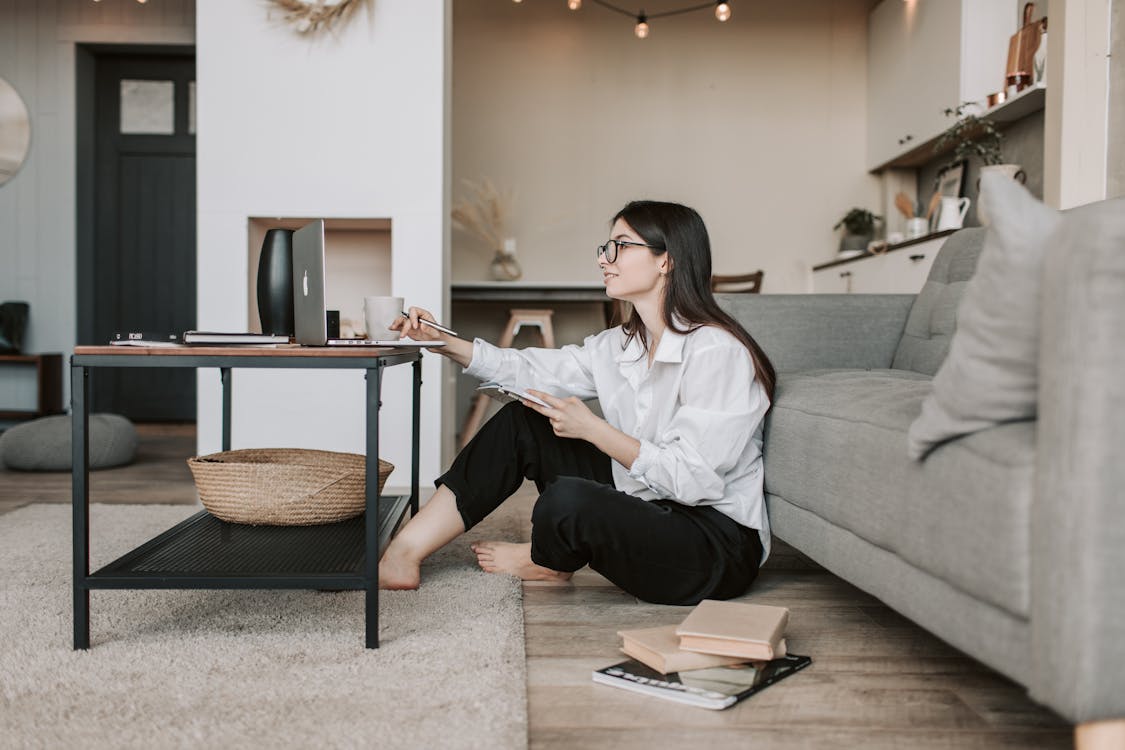
Living Big in Small Spaces: The Student Apartment Experience
College life frequently implies accepting the art of living smartly in smaller sized areas. Whether you're adapting to your first solo workshop or showing roommates in a comfy configuration, determining just how to maximize every square foot can seriously elevate your convenience, productivity, and total well-being. Pupil houses today aren't simply puts to rest in between classes; they're home bases for research study marathons, social hangs, and some much-needed personal downtime.
Little rooms included large potential, and discovering how to maximize them can make a significant difference in exactly how efficiently your academic year unfolds. With some purpose, creativity, and a little trial and error, you can transform even the tightest design right into a useful and inviting sanctuary.
Searching For Balance: Functionality Meets Personality
When you initially walk into a smaller home, the empty canvas can feel both interesting and a little daunting. You could be asking yourself where everything will go or exactly how to prevent mess while still feeling comfortable. The vital lies in striking a balance between functionality and character.
For trainees, that generally begins with zoning out the home right into deliberate locations, even if they're simply edges. Your bed may be steps away from your desk, but subtle aesthetic signs like carpets, lights, or shelving can produce the illusion of separate zones. Including your favored art prints, a shade scheme that relaxes or stimulates you, and little products from home can also bring warmth without taking up added room.
Storage That Doesn't Steal Square Footage
The single most significant challenge in small pupil homes is storage space. Textbooks, seasonal clothes, cleansing materials, and kitchen equipment all need homes, yet typical cumbersome furniture isn't the solution. That's where multipurpose items been available in.
Think beds with cabinets beneath, footrests that function as bins, or workdesks with vertical shelving. Every item must pull dual responsibility when feasible. For example, a slim table can work as an eating space throughout dishes and a laptop computer terminal during research hours.
In small apartment in Tempe, upright space is usually your buddy. From hooks on doors to drifting shelves and stackable storage dices, using your walls properly can avoid the feared floor sprawl that makes any type of tiny space really feel more cramped.
Smart Layouts for Shared Living
If you're showing to a roommate, interaction enters into your space-saving technique. In a two-bedroom apartment in Tempe, it's important to concur at an early stage just how shared areas like the kitchen, living area, and bathroom will certainly function.
Split up storage space zones, develop ground rules for typical locations, and consider purchasing furnishings that promotes circulation and visibility. Compact sectionals, retractable table, or modular bookshelves can assist preserve a feeling of openness without compromising comfort.
It additionally aids to keep design cohesive in shared areas. Even if each flatmate has an unique style in their personal bed room, a linked aesthetic in the living-room can develop a sense of calmness and make the area really feel even more extensive.
Examining stylishly: Carving Out a Productive Nook
Among one of the most crucial attributes of any kind of trainee home is a room that sustains emphasis. A specialized research study area, no matter how small, can train your mind to get involved in job setting quicker. It doesn't need to be a real office-- it could be an edge of the living-room, a part of your kitchen area counter, or a fold-down wall workdesk.
Great illumination is key. If you do not have accessibility to natural light throughout research study hours, utilize a daylight-tone LED lamp that keeps you sharp. Border yourself with simply the fundamentals: your laptop computer, a few research tools, and maybe a plant or framed photo for motivation.
Distraction-free areas are essential, specifically when residing in tighter quarters. Establishing a guideline for "peaceful hours" or making use of noise-canceling headphones can produce a sense of separation from roommates or the bordering stress.
Making the Most of University Housing in Tempe
Staying in university housing in Tempe ways you're already close to your courses, university sources, and fellow students. This integrated convenience offers you the freedom to streamline your everyday routine. You can invest much less time travelling and even more time enjoying your space, so why not maximize it to mirror your lifestyle and scholastic goals?
Living near university frequently means that homes are designed with trainees in mind. Smaller impacts urge smarter living, and close-by features decrease the demand for excessive storage space. Perhaps you don't require a substantial kitchen setup if dining options are close by. Maybe you can miss a large entertainment arrangement if usual lounges or check out this site group rooms are readily available in your structure.
Utilize what's around you to your advantage, and concentrate your energy on making your personal room comfortable and practical.
Small Apartment Living That Works for You
Student life is vibrant. Your demands change throughout the semester, and your home ought to have the ability to bend with you. As your routine changes from midterms to finals to breaks, do not be afraid to reconfigure your space. Move furniture, change out design, or develop temporary stations for new behaviors or leisure activities.
Staying in a small area while managing college, social life, and everything in between might appear challenging in the beginning, however with the best way of thinking, it can come to be a creative journey. These apartment or condos are more than simply 4 wall surfaces-- they're a blank web page awaiting your own expression.
For more inspiration, concepts, and updates tailored to student living, make sure to follow this blog and check back commonly for fresh tackles maximizing your area.
Comments on “The Art of Student Living in Tiny Spaces”